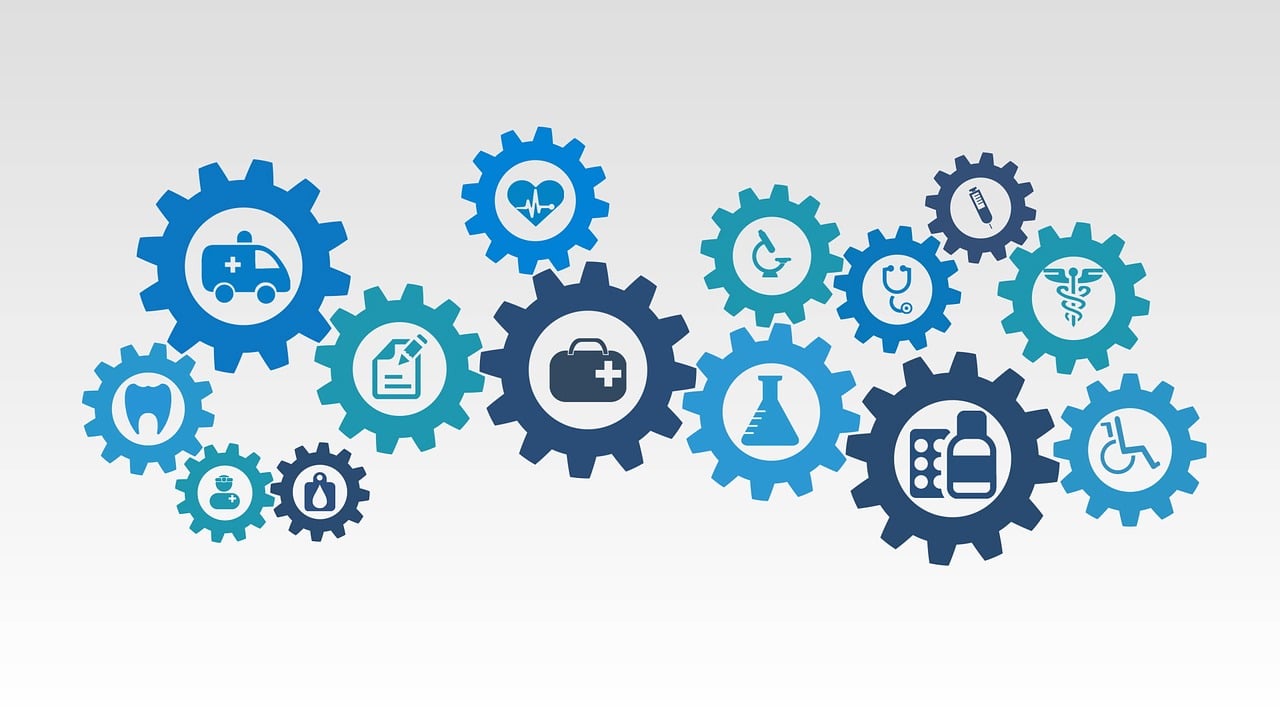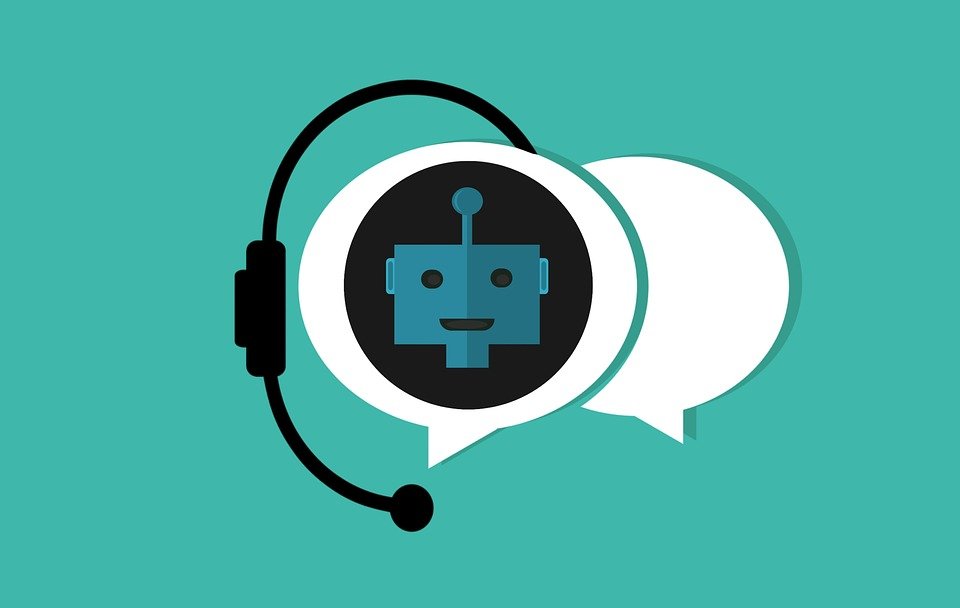Robotic process automation (RPA) can help the pharmaceutical industry improve efficiency, quality, compliance, and innovation by streamlining various processes across the value chain. Validation is one of the key challenges that must be addressed before robotic process automation can be widely adopted by pharmaceutical companies. In a regulated environment, any system that performs a decision-making function should be validated, and a solid change control process should be put in place. RPA systems seem to have
Blogs
Generative AI (Gen-AI) is transforming the RPA landscape, not only opening new possibilities for automation but also redefining the approach to building bots. Its integration with existing RPA practices leads to faster, more efficient, and more intelligent automation processes. Robotic Process Automation (RPA) as technology has evolved over time from basic desktop automation to essential and critical back-office operations, integration, and business process platforms. Now with the emergence of Gen-AI, it has gone through another
Enterprises are taking a close look at generative (AI) artificial intelligence, since it allows for the quick turnover of high-quality(?) content — text, images, video, programming code with minimal human efforts. With generative AI gaining rapid momentum and entering the mainstream, its growing popularity is yet another reason responsible AI — developing and deploying AI in an ethical manner — should be a top concern for organizations looking to use it or protect themselves against
Robotic Process Automation (RPA) became a go-to trend for businesses of all industries in the recent past, some industries are more adaptable than others. With this decade-old trending technology, some organizations are unfortunately implementing with minimal or no success or failed implementations or more challenges with original manual work. According to McKinsey, “RPA can bring about a quick and robust ROI, i.e., up to 200% in the first year of deployment, and 20-25% cost savings.”





